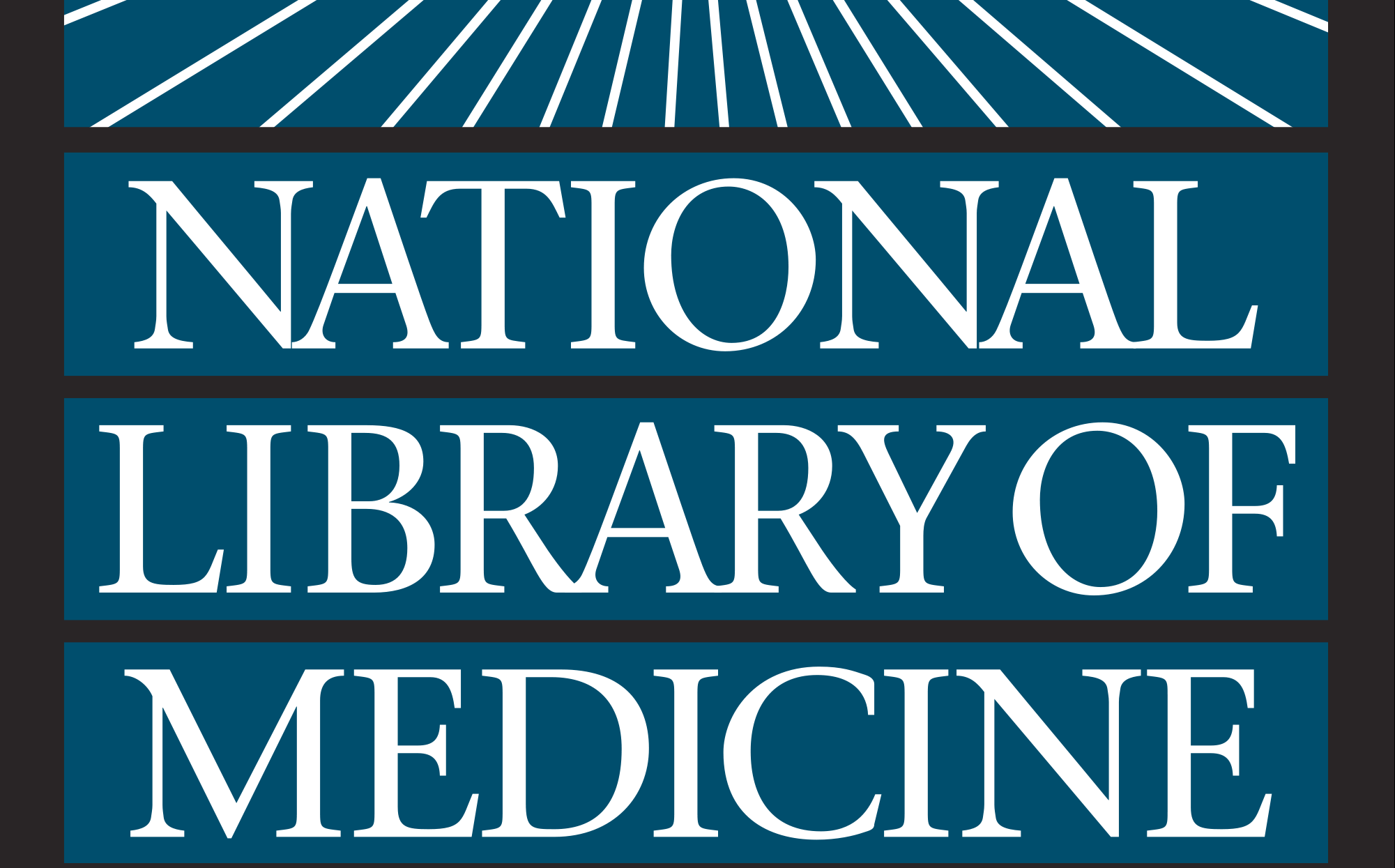Abstract
As we are becoming more resilient to the catastrophic burden of the COVID-19 pandemic, the threat of future outbreaks is still on the horizon. Since detecting the first COVID-19 case in Iran (19 February 2020), six pandemic waves have occurred, leading to more than 7 million confirmed cases and over 140 thousand official deaths. As of 9 January 2021, The Lowy institute ranked Iran’s performance 95th out of 98 countries in battling the COVID-19 pandemic, emphasizing vigilance against unforeseeable epidemics.
The Iranian government closed the international borders to Chinese citizens on 27 February 2020, a seemingly late effort as the COVID-19 cases had already reached 141 and scattered in 20 out of 31 provinces of Iran. On the other hand, a travel ban between cities was implemented on 22 March 2020, while the country was at the summit of the first pandemic wave. Moreover, social and cultural barriers like Iranian new year traditions made the previous attempts futile. Initially, it was believed that the lockdown was a medieval measure. After the importance of lockdown dawned upon the authorities, the economic importance of Iran’s metropolitan cities and the absence of concurrent travel bans exacerbated the dissemination of the disease. Nevertheless, as a critical turning point, the presidential decree for establishing the national COVID-19 committee boosted the inter-sectoral collaboration, provided the appropriate political support to finally overcome the perceived threats of keeping people inside their houses, and facilitated the execution of strategies.



No responses yet